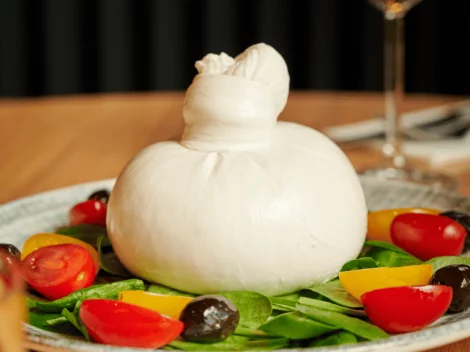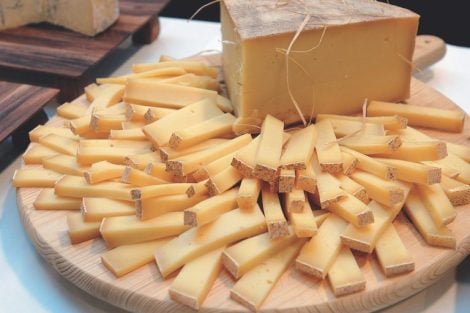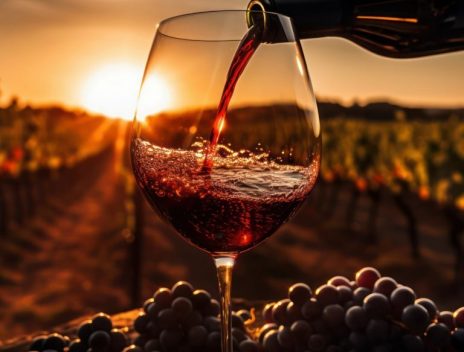Cooking with skins: the book by Lisa Casali
More than recycling, we should think about not generating waste. An idea that goes beyond the "simple" recovery of waste, an operation that remains valid but could be avoided in many cases. This is the heart of the new book by Lisa Casali, environmental scientist in charge of Pool Ambiente, author of the blog Ecocuina and of many projects on sustainability. The Big Book of Peels (ed. Gribaudo) is his latest work, a book dedicated to those elements that have always been considered waste, offering ideas, recipes, advice on how to use peelings in the kitchen, but above all detailed analyses comparing the "noble" part of vegetables with the outside, conducted together with Altroconsumo. After all, science says that fruit and vegetable peels contain lots of fiber and nutrients, so why not take advantage of them?
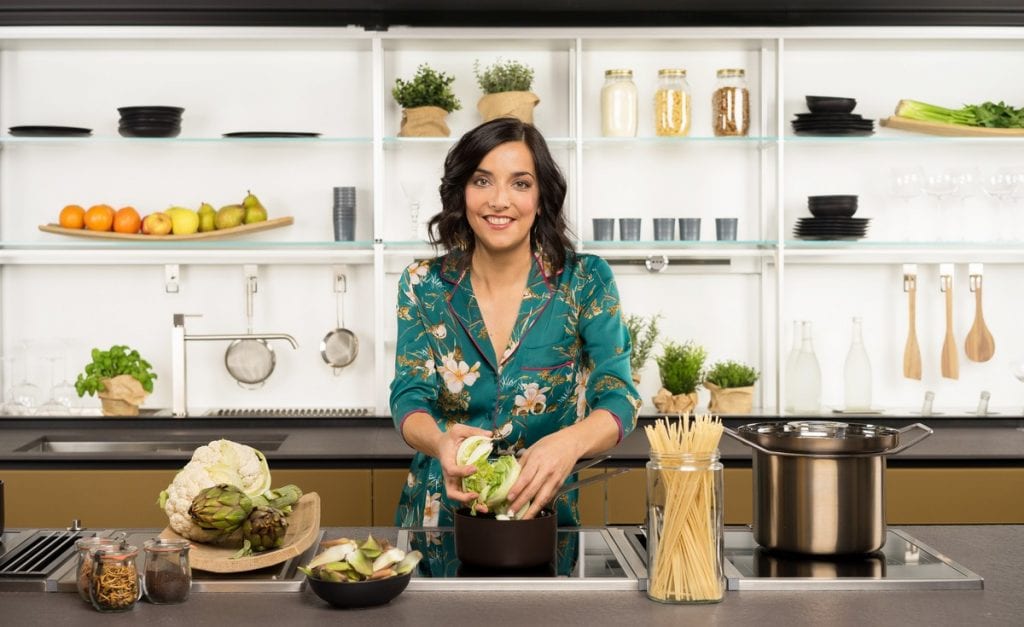
Habits to be abandoned
It is from the need to answer this question that the book was born, with the ambitious goal of bringing "a small revolution in the kitchens of readers". Starting with the most (seemingly) trivial piece of advice: 'don't peel the skin off'. Sometimes it is necessary to cook it separately, but often there is no need to deprive food of its natural wrapping: "Those in the kitchen are gestures that we perform most of the time automatically. We don't wonder why we're peeling the carrot, we just do it. Here, all this is unnecessary. " You can save time and food by slicing apples, carrots, and other whole produce-that's what Lisa has been doing for at least 15 years, "ever since I started questioning my habits. " Common practices that are so well established that we rarely stop to analyze them: "I realize that in restaurants it is not always possible to use peels for aesthetic reasons, but in everyday cooking it is".
How to use peels in cooking How? Using cauliflower leaves to season a pasta, for example, after steaming and seasoning them. Those of the broccoli can become an excellent cream or velouté, or even a filling for a savoury pie or fresh pasta, as long as they are used fresh. In fact, it is essential to think about everyday cooking, make the most of the ingredients you have and abandon the tendency to keep them for a long time: "If you decide to make a cream of broccoli leaves, it will be better to combine the tops in the same recipe. What's the point of using a "waste" in a separate dish, wasting even more ingredients?" This is why the author prefers not to give advice on preserving the skins, "partly because the outer parts are the first to wither, and partly because freshness is a fundamental value that we must rediscover".
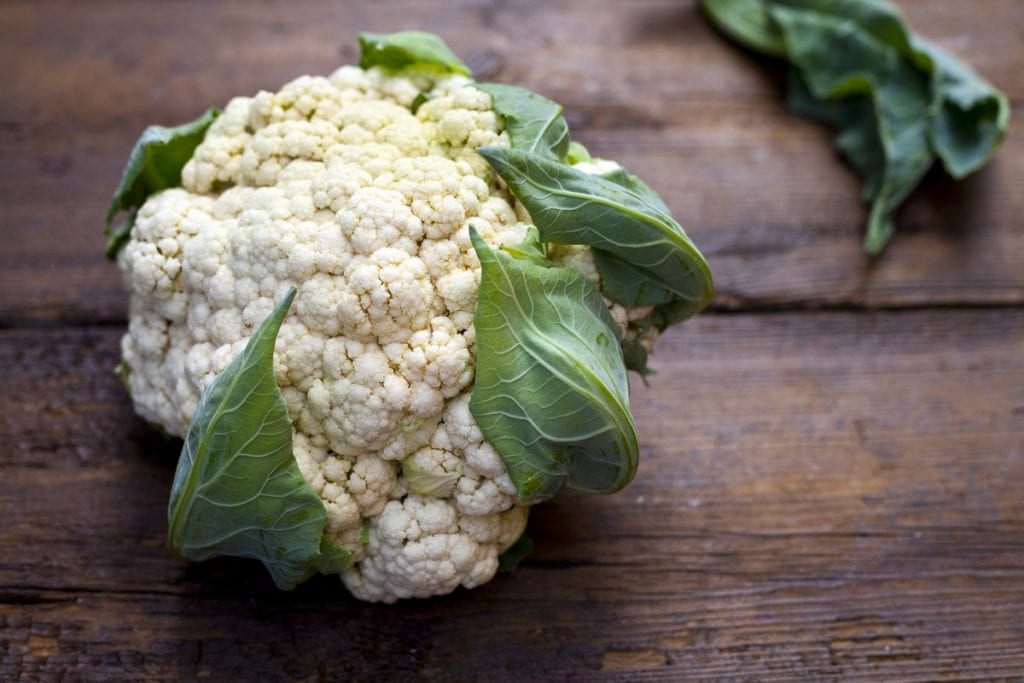
The freshness of food
And it is one of the key themes of the book: "Not using fruit and vegetables at the right time is equivalent to waste". In this case, so many properties, "every day foods lose some of their beneficial components, whether they are vitamins or antioxidants. " For this reason it would be preferable to buy little but often, more frequently, and avoid freezing: the fashion of meal prep that has been going crazy in recent years - the organization of meals in advance of the week, to be clear - is not the most appropriate solution. It's best to avoid unnecessary stockpiling by choosing a recipe based on what you have in your fridge, not the other way around.
How to approach spending
A new (actually old. . . ) way of approaching spending, therefore, which is important to think about especially now, in such a bizarre year in which the panic sown by the emergency has driven a large proportion of consumers to over-storey food, while another good member was starving. A gap that has always existed, of course, but which has perhaps become even more pronounced in 2020: it was clear that the distribution of food resources was inequitable, but how much was – and still is – evident in the year of the pandemic? This also depends on how we approach shopping. A way that it is time to change or at least reconsider.
Why it is important to cook with skins
Returning to the skins, therefore, it is good to use them in the recipes as soon as possible, to prevent them from withering but above all not to lose a significant component of phytocomposites, present in all the samples examined, both organic and conventional. Sometimes it happened that there were more vitamins in canonical products than in organic ones. We have come to the conclusion that it depends precisely on freshness: most organic vegetables in the supermarket are not so fresh because they are less in demand and therefore subject to less frequent replacement. That’s why it’s important to eat food right away In addition to gaining health, skin recovery also allows you to eat more food, “we’re talking about almost 50% of your weight!. ”
Decalogue for the ecocucina Difficult to establish rules for all intents and purposes, but Lisa Casali has succeeded, drawing up the decalogue for the ecocucina, offering 10 tips for cooking better and reducing its environmental impact. Here's what they are.
- Reset everything you know about food and cooking. . . or at least be prepared to question it.
- Make your own the concept that everything is edible and nothing should be thrown away.
- Time is enough, if you know how to use it: the excuse of "I don't have time" will no longer be allowed from now on.
- Even the less noble parts can bring you great joy.
- The dishwasher is not only for washing dishes but also for cooking.
- Document yourself and write down your discoveries and inventions
- Share your findings with others
- Health and sustainability: you don’t need to say these two words, but these principles will guide you through the experimentation.
- Do your shopping with a short and local supply chain: choose seasonal products, bulk, fresh, better if organic.
- Buy only what you need and keep it as good as you can.
The recipe: savoury cheesecake with pumpkin peel
150 g. smooth pumpkin (Butternut type)
The green part of 1 lime
300 g.
2 eggs
2 tablespoons of lemon juice
250 g. of breadsticks (or crackers or stale bread)
150 g. of butter
1 glass of vegetable broth
1 tablespoon extra virgin olive oil
Salt, pepper
Wash the pumpkin thoroughly, scrubbing it with a small brush to remove any remaining soil. Peel it, use the pulp, filaments and seeds for other preparations and save the zest for this recipe. Pound the breadsticks in a mortar until crumbly, then incorporate the butter, left to soften at room temperature. Knead until the mixture is smooth. Butter a cake pan. On the bottom create a tight layer with the mixture, then let cool in the fridge for at least 30 minutes.
Meanwhile, prepare the pumpkin mixture. Stew the green part of the leek, finely sliced, in a pot with a tablespoon of oil. After 4/5 minutes add the zest of the pumpkin, roughly chopped, add salt and pepper, mix and brown, then cover with broth and cook in a pressure cooker for 15 minutes (or 25 in a normal pot). Let cool, then blend with an immersion blender, add the robiola, eggs and lemon juice and mix well until you get a cream that is not too liquid and free of lumps.
Pour the peel cream over the base and bake at 180°C for 40 minutes. Check the cooking with a toothpick. Turn off the oven and let the cake rest inside for about ten minutes. Wait until it has cooled before unmolding and serving. Serve it as an appetizer or as a main dish with a side salad. Decorate as desired with sprouts, hazelnuts, crème fraîche or herbs.
By Michela Becchi
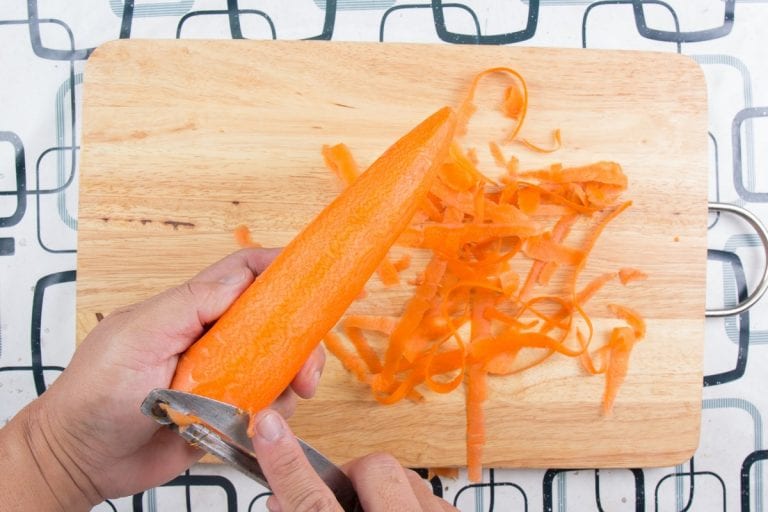
 From the vineyard to the world's largest maze comes the wine of ancient Romans
From the vineyard to the world's largest maze comes the wine of ancient Romans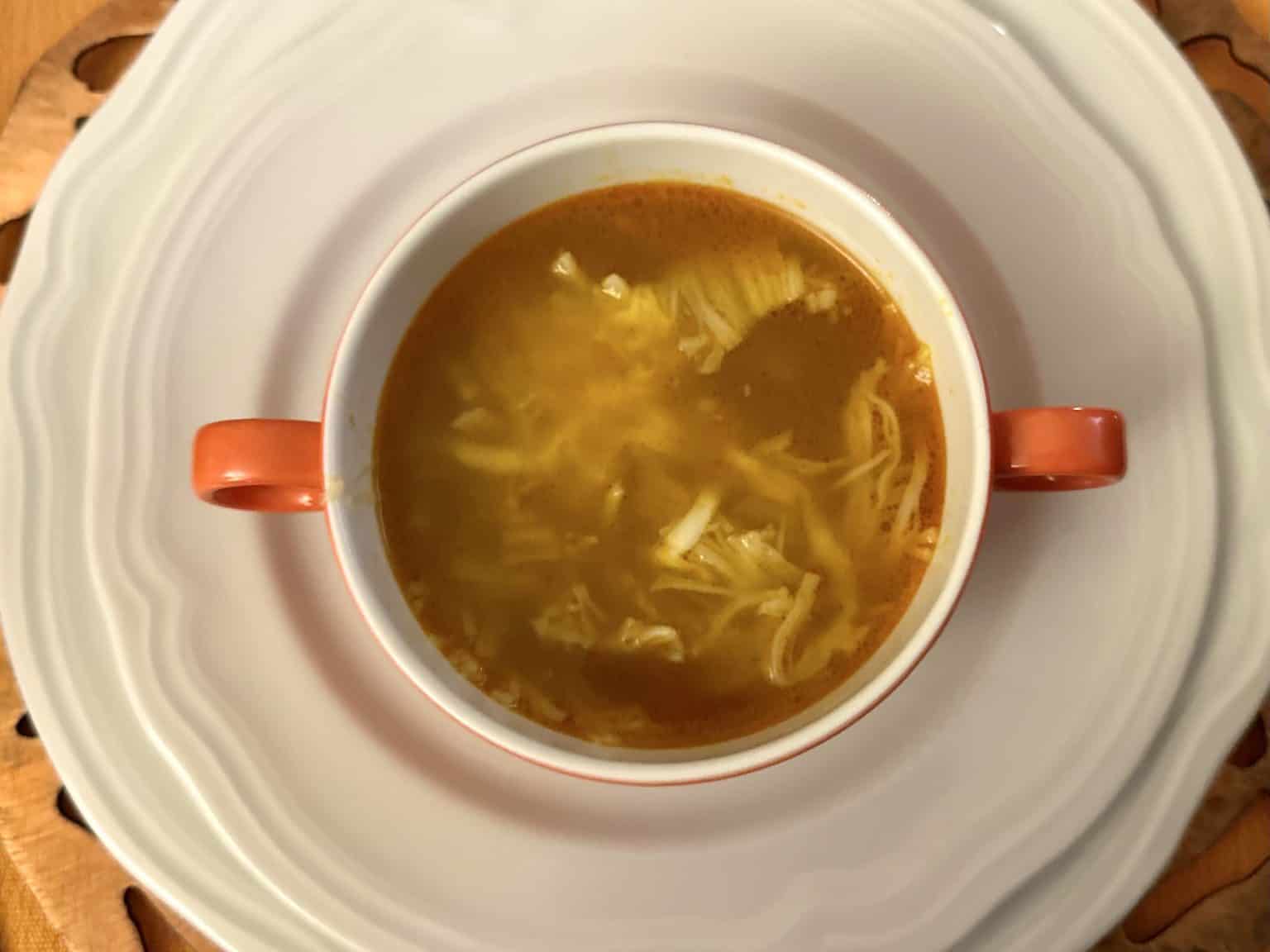 "This minestrone makes you live for 100 years": here are the secrets of the Sardinian centenarians
"This minestrone makes you live for 100 years": here are the secrets of the Sardinian centenarians The 10 best gelaterias in Genoa selected by Gambero Rosso
The 10 best gelaterias in Genoa selected by Gambero Rosso Nutella Zoccolette, the typical Roman "dessert" of pizzerias
Nutella Zoccolette, the typical Roman "dessert" of pizzerias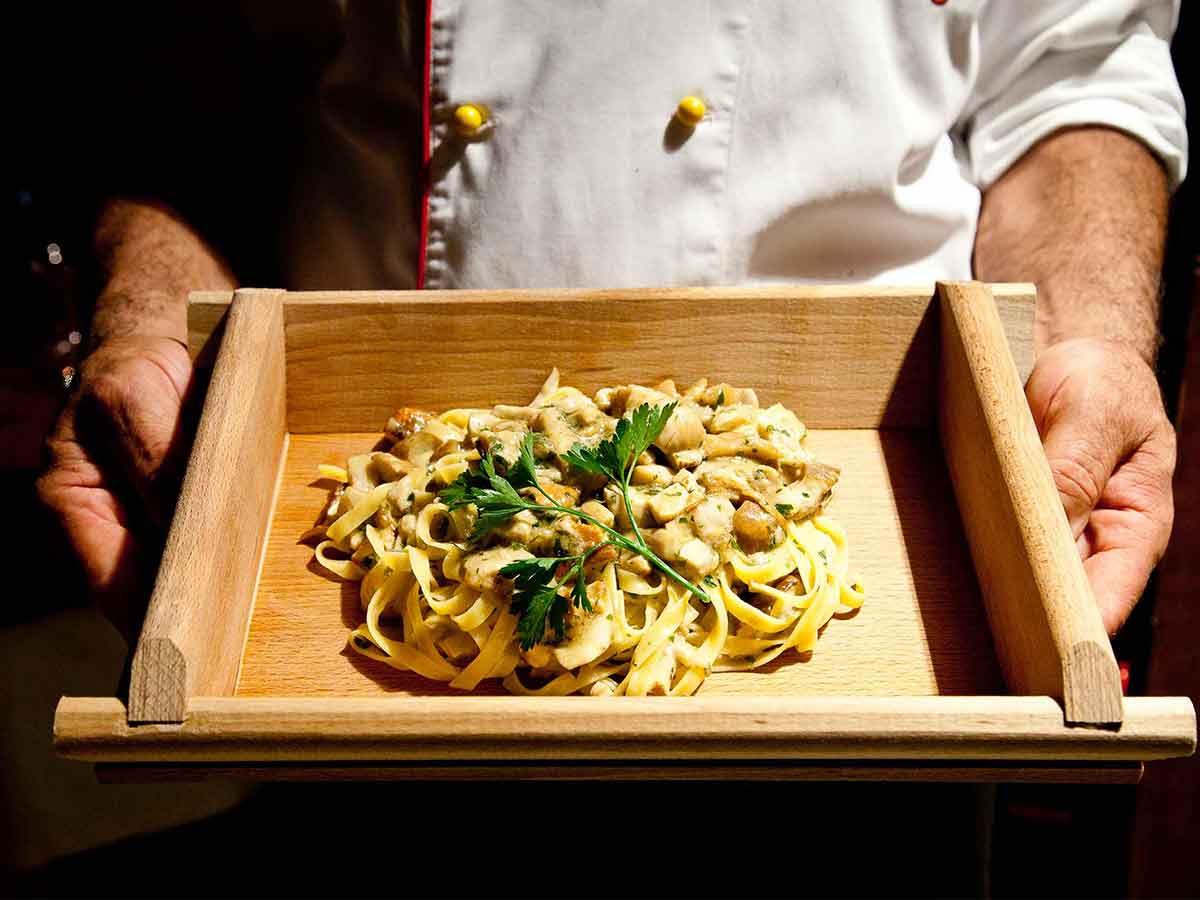 Where to eat in agriturismo in Palermo and surroundings. The 5 best addresses selected by Gambero Rosso
Where to eat in agriturismo in Palermo and surroundings. The 5 best addresses selected by Gambero Rosso
